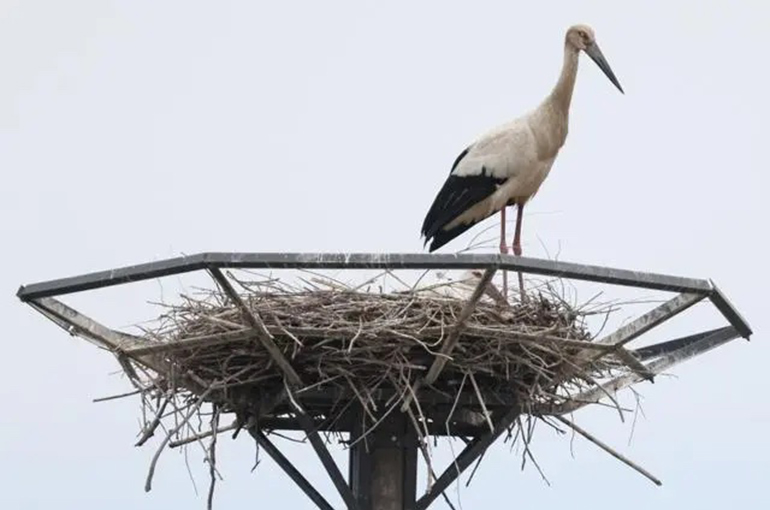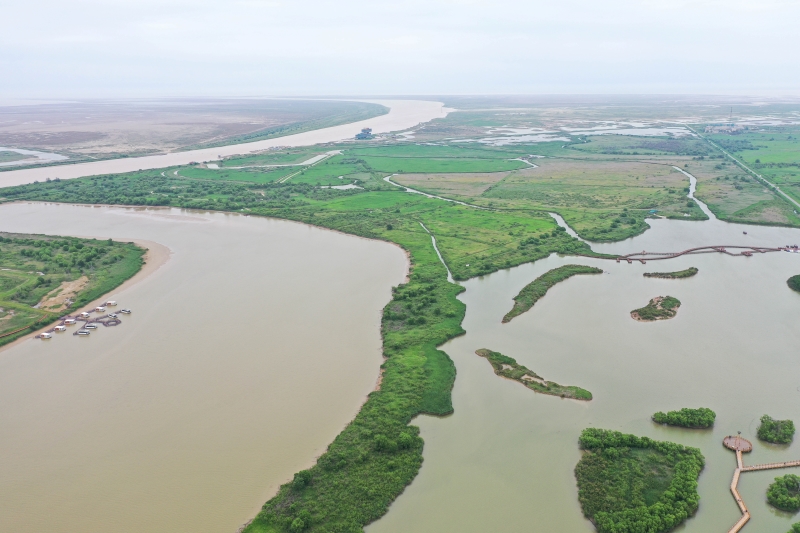 China’s Yellow River Delta Nature Reserve Harnesses AI to Protect Bird Life
China’s Yellow River Delta Nature Reserve Harnesses AI to Protect Bird Life(Yicai Global) June 6 -- The Yellow River Delta Nature Reserve, a wetland in China's eastern Shandong province that is home to rare bird species such as Oriental white storks and Saunders gulls, is making use of artificial intelligence and the latest technologies, including drones and radar, to better monitor and protect its bird life.
Tech giants like Huawei Technologies are keen to help out. Huawei has developed a “sensing + 5G + edge AI + Huawei Cloud” solution to help the reserve with species identification, statistics, intelligent analysis and real-time monitoring, said Shan Kai, an engineer on the reserve’s management committee.
The project uses Huawei cameras and 5G data transmission to build a monitoring platform for biological diversity based on the data it collects, said Wei Biao, executive director of Chuangshi Intelligent Technology, which is one of the partners in the project.
Provided for free by Huawei’s Tech4all team, the project got underway in July last year and was put into practice in October, Wei said. It is running stably and will help with the protection and scientific research of Oriental white storks and Saunders gulls.
“It took us about half a year to improve the accuracy of bird identification from over 60 percent to more than 90 percent relying on the integration of AI neural network algorithms and deep learning technology as well as guidance from experts in the reserve,” Wei said. The project also provides data support for other research projects being done at the reserve.
“When the AI sensing capabilities meet the data requirements for scientific research, airports, breeding and other fields, it will have significant commercial value,” Wei said. For example, airports can change flight routes so that instead of driving away birds they are protecting birds.
Chuangshi has released a cloud identification solution with Shenzhen-based Huawei to quickly detect birds in airports and other places.

A pair of Oriental white storks build a nest made of twigs on an electricity pylon.

The Yellow River Estuary's ecosystem provides an important wintering and breeding ground for migratory birds.

Long-legged Oriental white storks forage for food in the wetlands.

A Saunders gull wades through the waters at sunset.
Editor: Kim Taylor